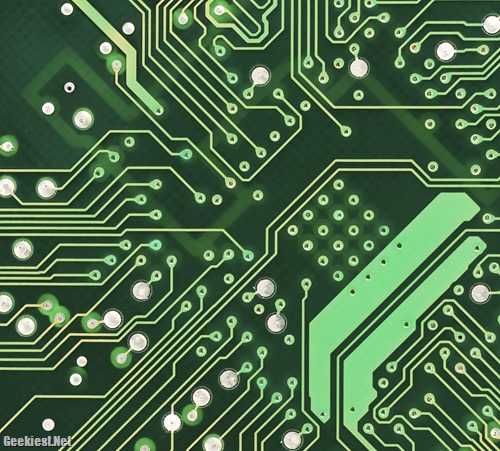
If you're immensely technically minded and are considering your own technical builds, you've probably heard of PCB (Printed Circuit Boards). While early circuit boards were painstakingly designed and fabricated, PCB is in effect a printed circuit board. It's difficult to be economical with expensive and sensitive elements when designing by hand: but printed PCB allows circuit boards to use optimum amounts of the metals which conduct current, and to protect them with laminated sheets.
Adding components and elements to PCB is all it takes to elevate it from PCB to PCA, transforming it from a part to a nearly-finished product. But just because PCB is itself a necessary part to a finished product doesn't mean that it's not in high demand. Quite the contrary: demand for quality PCB is higher than it's almost ever been. This means that strong PCB design skills are equally in-demand, as are clever testing mechanisms.
To help you make your tech easier, we've gathered several simple but effective ways to improve your PCB generation technique with the help of stellar design software.
In Pursuit of Perfection
Designing the most absolutely perfect layout for a piece of PCB is its own kind of art form. From holes to wires to pads, everything needs to follow a precise order. And unless you're in possession of a 3D printer, you're going to need to complete your design and submit it to a manufacturer to breathe life into your grand plans. But even if that's the case, software can help save you time and anguish.
Your Schematics
What kind of board are you even trying to design? Intent will greatly inform your design options. It's not hard to Google a sample of an existing design if you're creating it for a relatively common purpose. But if you're wanting to create something unique with PCB, in most cases, you'd be stuck doing all the heavy lifting yourself. There are dozens of great apps for this, from Zenit to PCBWeb Desiner to Circuit Studio. Some are free or web-based; others not.
When you’re vetting a design program to help you with PCB, always cross-reference its strengths with your needs. For example, a novice PCB designer might have much better success with a software suite which has fantastic customer service and troubleshooting. Simulation engines, the ability to utilize multi-sheet design, and industry-standard templates are also key items to look out for.
Design to Print
Not all PCB design software comes standard with simulation capabilities and use-proofing. Before you finalize your product, it's always important to test its functionality from the ground up... and then double and triple-check its readiness for print. Some experienced industry professionals encourage first-timers to also print out their designs on paper, to help plan for placement of the final collateral, making allowances for the circuit board's placement.
And, if you have your own 3D printer, you might seek some special software to help convert your design files into Gerber formats. If you’ve done your due diligence, you might have found a great piece of software which allows you to download Gerber files straightaway. For those who might need help converting, consider using tools like Linkcad or Gerbmagic.
The Bottom Line
There's a reason that PCB has largely replaced traditional circuit board mounting and wiring techniques! And several different software suites can help you improve the quality of your PCB. In fact, you can use PCB-related software to help you plan your PCB’s layout, do your testing, and even to actually print your PCB. Not only can this help you produce a superior product, but you’ll typically save a substantial amount of time.